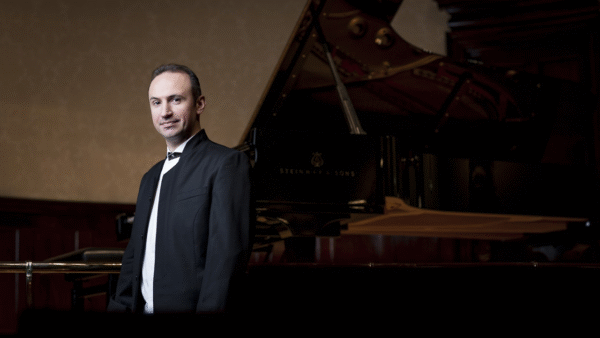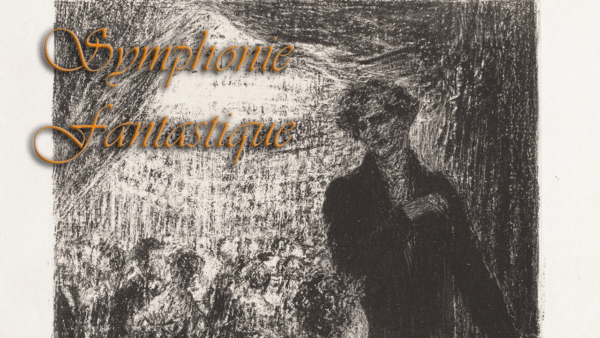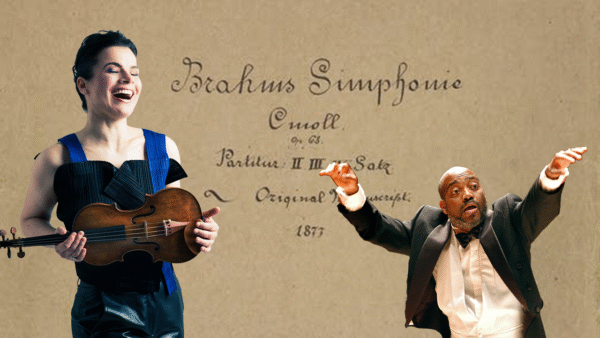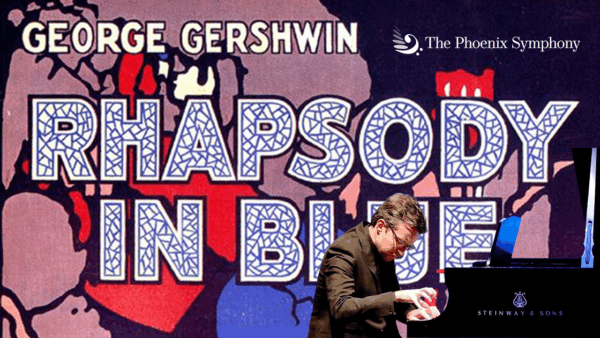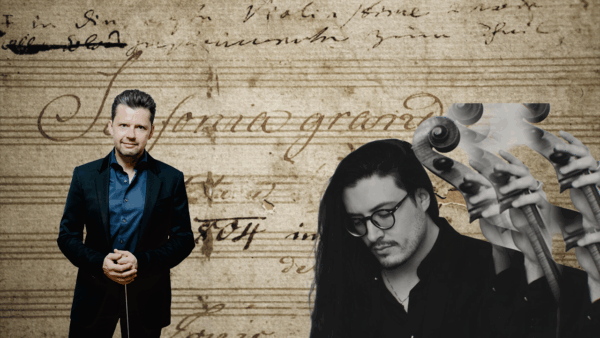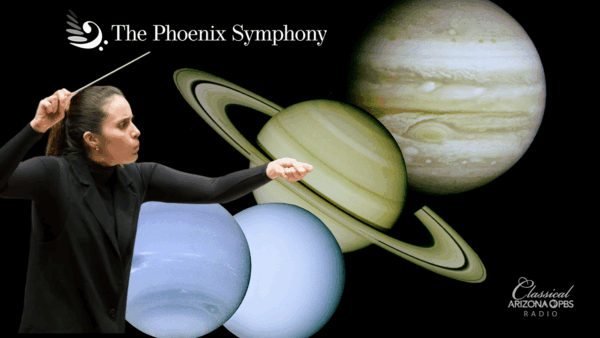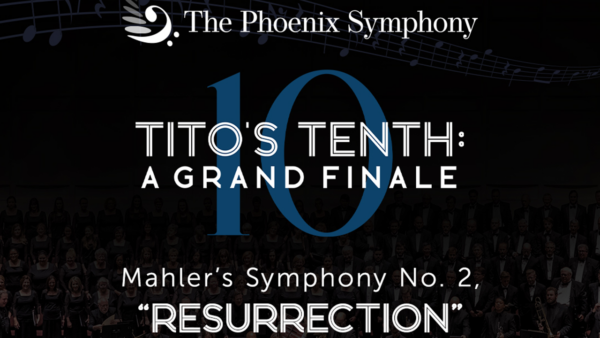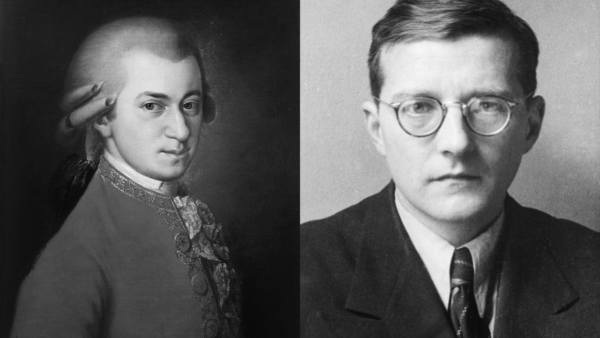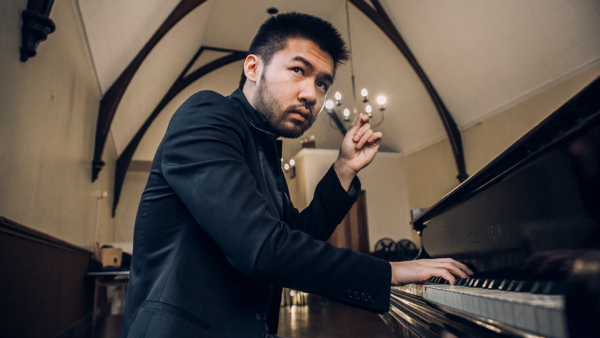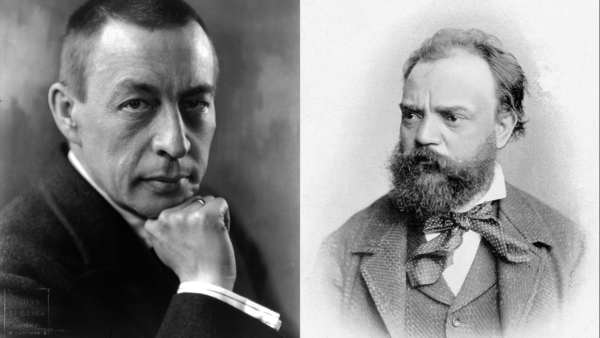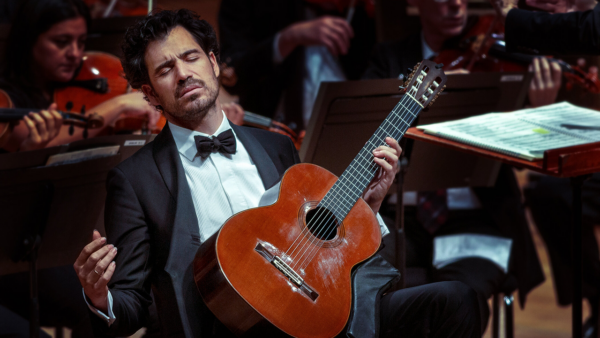Rhapsody in Blue: A 100th Anniversary Celebration
Oct. 15
A Century of Blue and Pines of Rome: The Phoenix Symphony in Full Bloom
Few concert programs capture the sweep of 20th-century imagination like this one, performed at Symphony Hall under the baton of Christian Reif. From the raw industrial power of Honegger to the condensed Nordic grandeur of Sibelius, from Gershwin’s jazzy optimism to Respighi’s cinematic landscapes, this evening was both a journey through time and a kaleidoscope of sound.
Two unique works opened the program, and they couldn’t be more different: Arthur Honegger’s Pacific 231 (1923) and Sibelius’s Symphony No. 7 in C major. Honegger’s score all but embodies the Industrial Revolution, translating the power and rhythm of a steam locomotive into music, while Sibelius’s one-movement symphony seamlessly unfolds like the rolling landscapes of Finland itself. At the heart of the concert were George Gershwin’s Rhapsody in Blue and Ottorino Respighi’s Pines of Rome.
It’s remarkable to think that Rhapsody in Blue celebrated its centennial last year, having influenced the sound of American music ever since. Premiered in 1924 by Paul Whiteman’s band in New York, it announced George Gershwin not just as a songwriter for Broadway, but as a composer who could bridge jazz and classical traditions with irresistible flair.
Gershwin’s life embodied the American dream. Born in Brooklyn in 1898 to Russian-Jewish immigrant parents, he discovered music only after his family bought a piano when he was eleven. By his late teens he was a Tin Pan Alley “song plugger,” demonstrating tunes for sheet music publishers, and by 1920 he was a household name thanks to Al Jolson’s smash hit recording of “Swanee.” But Rhapsody in Blue was something different: a young composer’s attempt to stretch beyond Broadway into a larger musical world.
The work remains famous for its sultry clarinet opening, sliding upward as if stretching its arms across Manhattan, and for its kaleidoscope of jazzy riffs, soaring melodies, and syncopated energy. At its core lies one of the most beautiful lyrical themes Gershwin ever wrote—timeless, yearning, and utterly American.
The soloist for this concert was Conor Hanick, bringing not only technical brilliance but also the curiosity and stylistic agility that have made him one of the most admired pianists of his generation. His artistry is equally persuasive in the contemporary works he champions as it is in classics like Gershwin, where his clarity, rhythmic vitality, and sense of swing illuminate every phrase. Critics have praised Hanick as “a revelation of clarity and bite” and likened him to a young Peter Serkin; his Rhapsody in Blue performance here only confirmed that reputation.
If Gershwin captured the bold, brash energy of 1920s New York, Ottorino Respighi offered an equally vivid portrait of Rome in The Pines of Rome (1924). Born in Bologna in 1879, Respighi studied with masters such as Rimsky-Korsakov and Bruch before settling in Rome, where he became a late-blooming legend of orchestral color. His trilogy of “Roman” tone poems—Fountains of Rome (1916), Pines of Rome (1924), and Roman Festivals (1928)—secured his reputation as Italy’s leading symphonic voice of the early 20th century.
The “pines” in question are the stone or “umbrella” pines that dominate the Roman skyline with their broad canopies. Respighi crafted four connected vignettes around these iconic trees, each steeped in history and atmosphere. The work opens with the lively Pines of the Villa Borghese, depicting children at play in Rome’s grand park with effervescent rhythms and bright orchestral color. Next comes Pines Near a Catacomb, where solemn chant-like harmonies evoke Rome’s ancient burial grounds.
The third section, Pines of the Janiculum, paints a nocturnal scene under a full moon. Introduced by a piano interlude, it unfolds with hushed strings and delicate woodwinds, culminating in an extraordinary innovation: a recording of an actual nightingale’s song, one of the earliest uses of recorded sound in orchestral music. Finally, Respighi unleashes one of the most thrilling climaxes in the repertoire with Pines of the Appian Way. As dawn breaks, the distant sound of marching grows steadily until an imaginary Roman legion surges into the city, brass blazing, percussion thundering, and the orchestra at full force. Respighi described it as “a fantastic vision of past glories,” and in performance it remains one of the most exhilarating conclusions in symphonic literature. At its 1924 premiere, Pines of Rome dazzled audiences with its audacity and sonic spectacle, cementing Respighi’s reputation as a modern master of orchestral tone painting. A century later, it continues to bring audiences to their feet, as it surely did in Symphony Hall.
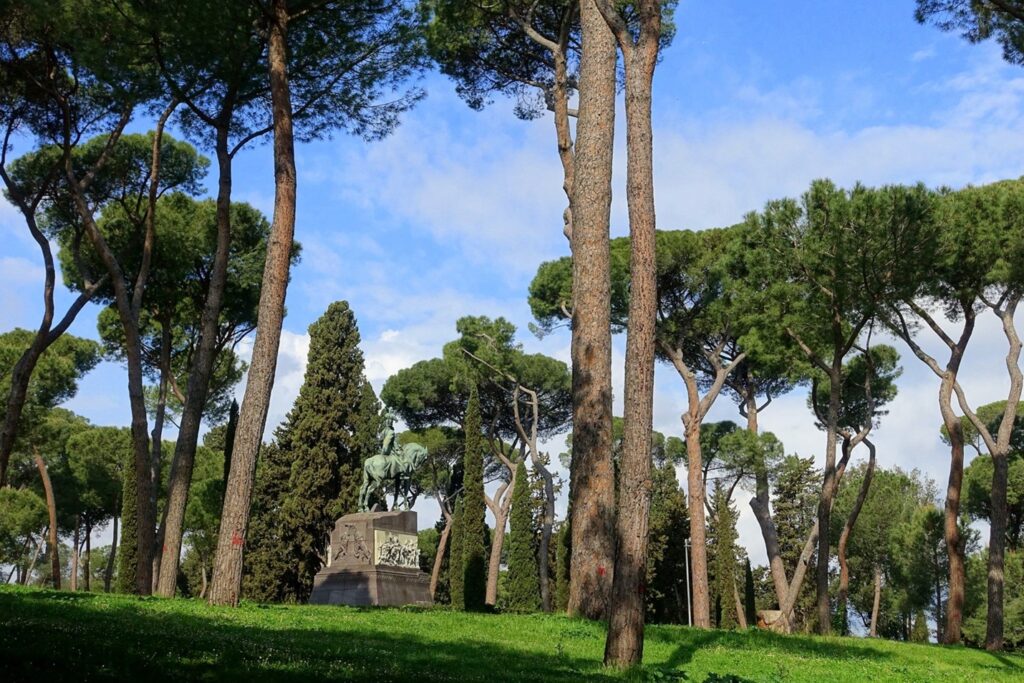
On the podium for this program was Christian Reif, one of the most dynamic conductors of his generation. The newly appointed Chief Conductor of Sweden’s Gävle Symphony Orchestra and Music Director of Minnesota’s Lakes Area Music Festival, he has earned acclaim for his natural musicality and adventurous programming. A former Resident Conductor of the San Francisco Symphony, Reif is equally at home in Europe and North America, with recent appearances ranging from the Royal Scottish National Orchestra to the St. Paul Chamber Orchestra. His work extends into opera and contemporary music, and he has collaborated frequently with his wife, soprano Julia Bullock, including on the acclaimed Nonesuch album Walking in the Dark. With his combination of technical command and imaginative programming, Reif was the perfect guide for this wide-ranging concert.
Conor Hanick, as noted, is one of today’s most inquisitive pianists, equally devoted to the classics and the newest music of our time. A Juilliard faculty member and Yamaha Artist, he has performed worldwide and appeared at major festivals including Ojai and Aix-en-Provence. His advocacy for living composers has earned him a unique place in today’s musical landscape, but his performance of Gershwin reminded us that he also brings freshness and insight to beloved standards.
Listeners can enjoy this program as part of The Phoenix Symphony Broadcast Series, airing every Wednesday evening at 7:00 p.m. on KNAU Arizona Public Radio, in Dolby Digital Surround Sound on DTV 8.5 Classical Arizona PBS, and on Classical 89.5 KBACH. Each broadcast is hosted by Mike Bolton, who guides audiences through the stories, history, and artistry behind the music.
Featured in this episode:
Honegger – Pacific 231
Sibelius – Symphony No. 7
Gershwin – Rhapsody in Blue – featuring Conor Hanick, piano
Shostakovich – Tahiti Trot
Respighi – Pines of Rome
- I. “I pini di Villa Borghese”
- II. “Pini presso una catacomba”
- III. “I pini del Gianicolo”
- IV. “I pini della via Appia”
Copland – Appalachian Spring – Tito Muñoz, conductor
Copland – Letter from Home – Montclair State University Wind Symphony; Thomas McCauley, conductor










